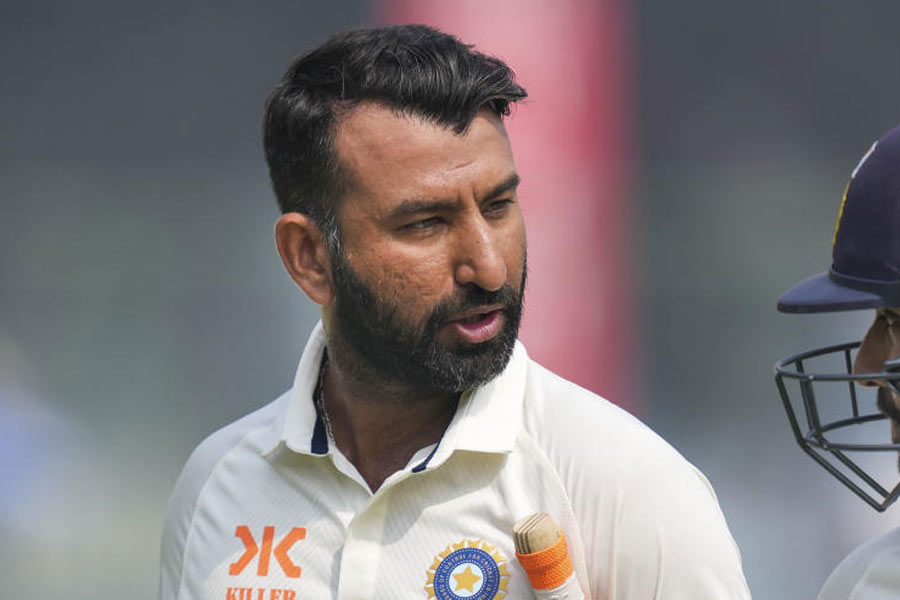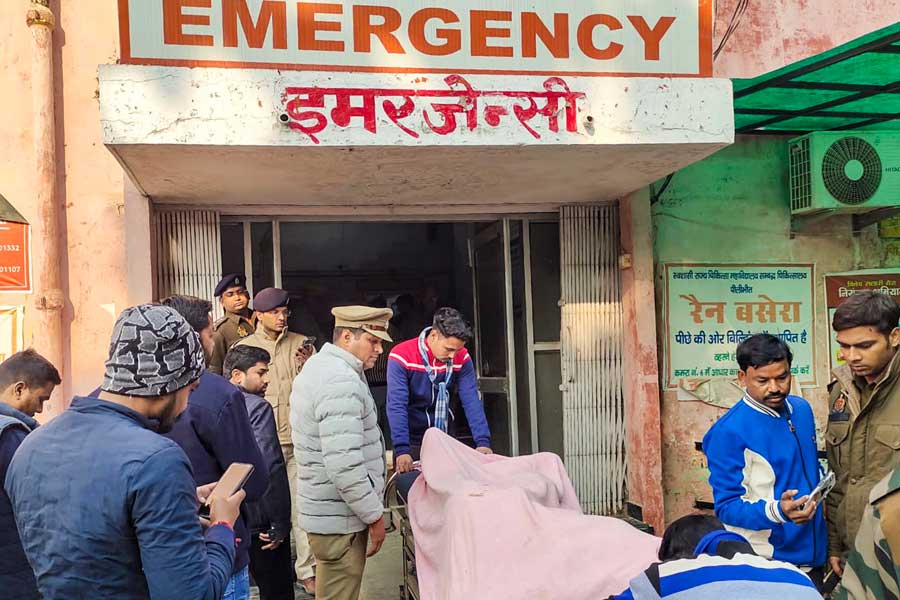Many of us will have watched the footage of the Union minister of state for social justice and empowerment, Ramdas Bandu Athawale, exhorting SARs-CoV-2 to “Go, Corona go!” over and over again and felt in equal parts appalled and amused — a few creative souls have turned the good minister’s chant into remixes and rap videos — but in a real and tragicomic sense, this three-month-old viral video (pun wholly intended) sums up the attitude of our political masters to all the misery the novel coronavirus has caused, and continues to cause, across the nation. The problem is, of course, that the virus that has already led to some 10,000 deaths from Covid-19 in India (the figure varies, depending on which data source one consults) shows no signs that it is in any mood to heed such exhortations, and the number of confirmed cases keeps growing at an alarming rate.
Yet, some three months since the announcement of the first lockdown and 12 days since its staggered withdrawal, we are all having to consider, however tentatively, just how to make the transition to some semblance of ‘normalcy’. How one considers such a return is determined by a whole host of factors — one’s occupation and station in life; whether one has a job or not, the nature of one’s employment or lack thereof, the industry or sector one works in; one’s gender, age, religious and caste identity, geographical location; access to funds; the presence or absence of friends, neighbours, medical facilities — it is possible to fill the rest of this column with additions to this list, but you get the idea.
In a situation of uncertainty, it is difficult to retain a sense of perspective and this is perhaps worst for those young people who are standing at the threshold of a future — which a recently-graduated student described as “this temporary (I hope) darkness called tomorrow” — whose contours they can no longer discern. Even among that fairly small subset of those who are fortunate enough to be pursuing a formal education from a recognized, if not reputed, institution, there is a palpable sense of disorientation and bewilderment. In the words of a former student of my university, who has applied for admission to another institution to pursue a higher degree in an area she has long been dreaming of studying, “We don’t know when different institutions will begin or end their admissions process, how they will go about it, how justified or accurate or fair the evaluation processes will be, when sessions will start — nothing. Maybe it’s time to take a break, think things over, and reboot the entire education system for something like normal, if not better, functioning.”
And therein lies the rub. For much of the discussion regarding the future of education in our country, a discussion that has taken on renewed urgency because of the pandemic, seems to adopt one of three positions, none of which is new or innovative in any meaningful sense of the term. The first dutifully parrots the ‘online is the solution’ line, callously brushing aside over 50 per cent of students who have little or no (leave alone stable or high-speed) internet access. The second, which is the most prevalent, pretends that things will get back to pre-pandemic normal in a few months, or, at worst, a year’s time, even as the grim statistics of Covid-19 spread put paid to such wishful thinking, forcing policy changes at regular intervals (take, for example, the ongoing flip-flop on the conduct of the ICSE and ISC examinations). But perhaps worst of all is the third position, which seeks to use this situation of crisis to push for a system of education that evaluates all schools, colleges, and universities from a purely instrumental and utilitarian perspective — as skill-building institutes whose primary function is to give the best value for money — a position the current government at the Centre has been at pains to consolidate since it came to power. The National Education Policy, 2019 bears testament to this, as does the focus on, and excessive value assigned to, STEM (Science, Technology, Engineering, Mathematics) disciplines in most national assessment, evaluation, and ranking processes and frameworks, especially for institutions of higher education. Most such schemes keep harping on ‘deliverables’ and ‘verifiable outcomes’, something that not only creates problems for evaluating the quality of research outputs in the humanities and social sciences, particularly when it comes to things like h-indices, listings in Scopus and so on, but also makes it near-impossible to judge the undeniable, yet by their very nature, unquantifiable, contributions these disciplines make in terms of social and individual impact and uplift.
One curious feature of all educational policies and recommendations, dating back to the Kothari Commission report of 1966, is the almost complete absence of the voices of those who are most directly impacted by these policies and recommendations — the students. Despite the occasional lip service paid to students’ views, in, for example, the growing insistence on students’ evaluations of teachers in assessment protocols, the actual ideas and opinions of students have almost never been taken into cognizance when framing educational policies. What do students think of teaching-learning systems and processes, learning resources, modes and methods of evaluation? How, in their opinion, may institutions of education, from the school-level onward, be made more interactive, more student-friendly, more interesting, more fun? No one seems to be bothered to ask students these questions, leaving such vital matters instead in the hands of middle-aged ‘educationists’, such as this writer, whose biggest qualification seems to be that they have learnt how to play the education game to their own best advantage. Yet, there is sufficient evidence that left to themselves, students are perfectly capable of creating new means and modes of learning and teaching, including (and I speak from personal experience) devising syllabi, identifying the best means of delivering lessons, the most equitable and just ways of allocating scarce resources (laboratory time, computer access, and so on), and the most useful models for assessing learning outcomes (‘conducting examinations’). The educational experiments of individuals like Sugata Mitra and his ‘hole-in-the-wall’ self-learning model, or Salman Khan’s ‘flipped classroom’, which has now become the hugely successful, and entirely free, Khan Academy, to name just two, bear testament to the simple fact that the best way to educate people is to make them an integral part of the process, at all levels and stages, rather than leaving education in the hands of the educators.
If I had a better idea of how to recast the models of education operating, or being discussed, in our country today, I would’ve been petitioning the powers that be to give serious consideration to them. But even if I don’t have any such idea, I do know that the way forward is to make students an integral part of the planning, design, implementation, and assessment of education at all levels. That is the best hope we have of making a positive change in this vital component of our nation’s life. To think otherwise, and leave education solely in the hands of policymakers, is the wilful ignorance of the damned.
The author is professor of Comparative Literature, Jadavpur University, and has been working as a volunteer for a rural development NGO for the last 30 years.











